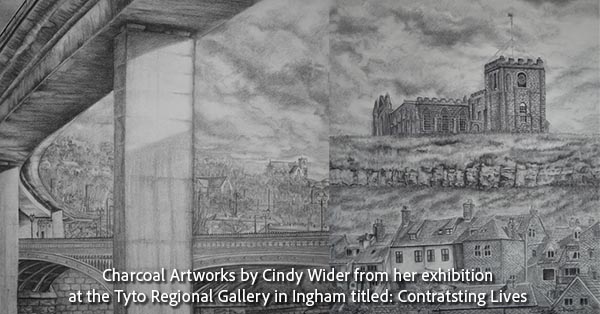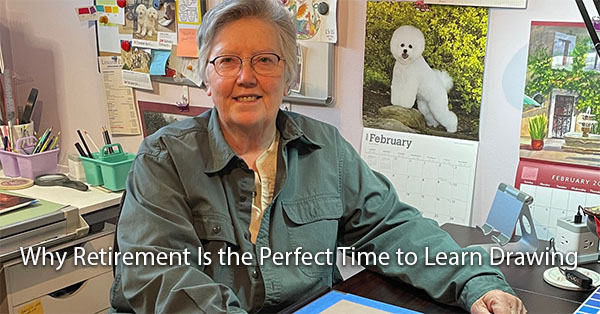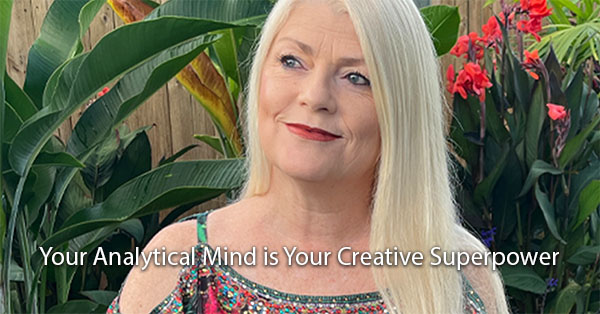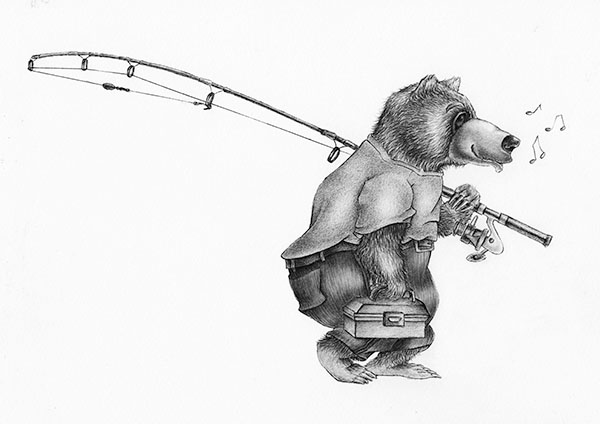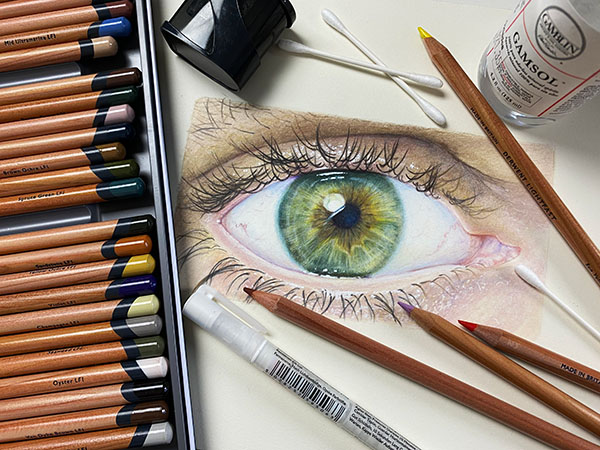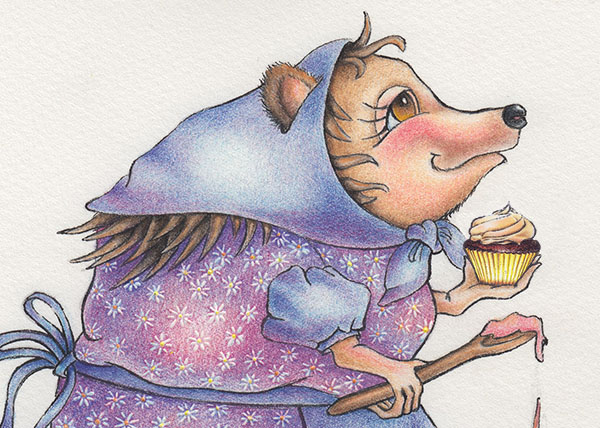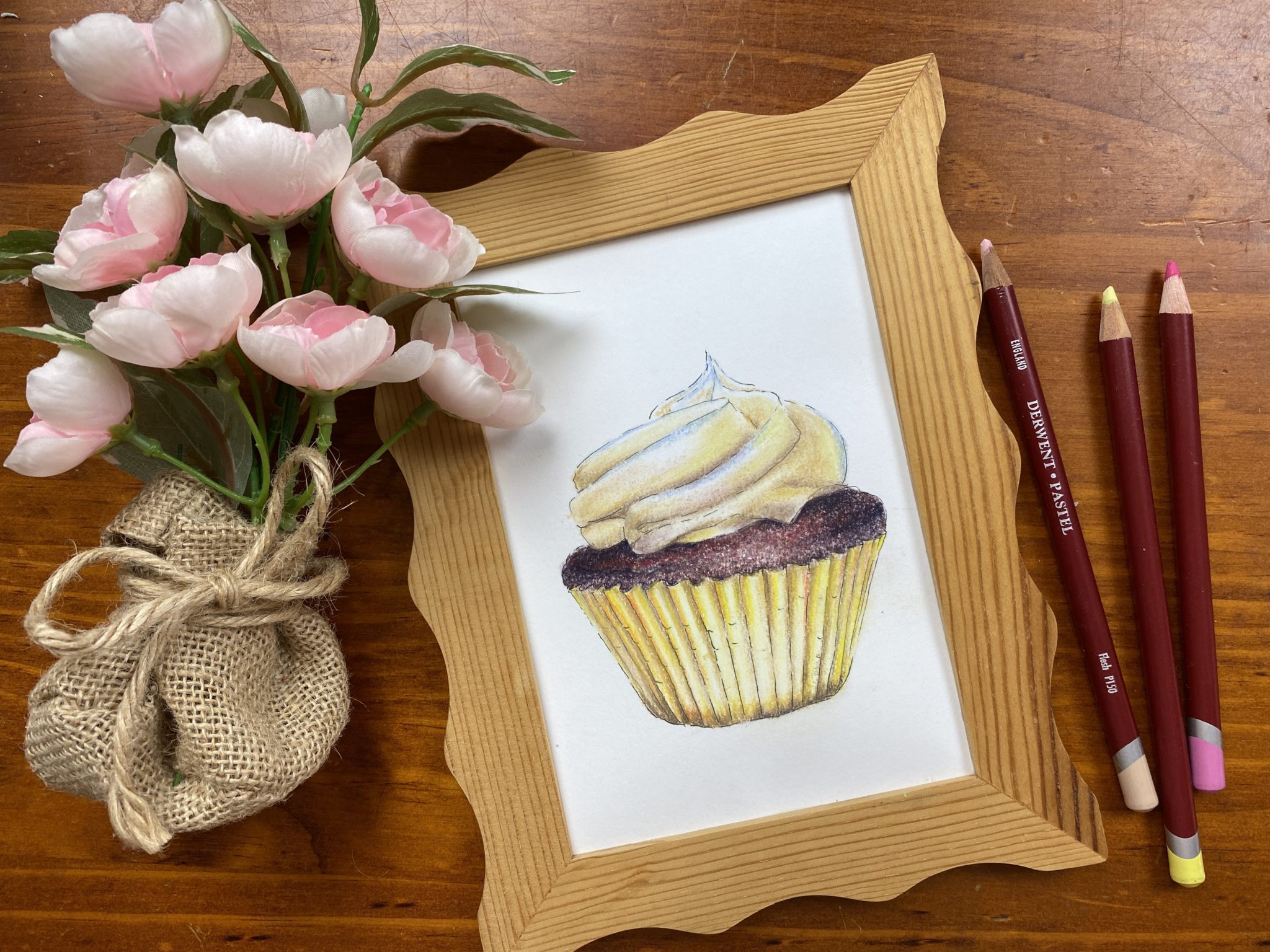Over the years many course participants have asked us a question that goes like this…
“How do I know when my drawing/painting is finished?”
This is a good question!
Coming to the end of an artwork can almost be as scary as starting at the beginning. There’s always the fear that you could spoil or overwork the drawing or painting, and have to start all over again, or that you’ll never be able to figure out what’s not right.
Thankfully, as you become more and more experienced as an artist with well honed skills in your kit bag, that ‘knowing when to stop’ feeling gets easier.
Of course, when something isn’t quite right about an artwork sometimes its hard to put a finger on exactly how it needs to be corrected. Chances are that you’ve been working on your artwork for many hours, days or even months. At this point its time to take a rest, and look at other things for a while. Leave your artwork aside for a couple of days and then come back to it with fresh eyes.
When I get to this stage here is how I personally figure out the bits that are not quite right and in need of correction…
I just get that feeling…
To bring an artwork to completion I have to get to a stage where I have a calm feeling about it (or, if the artwork is intended to induce some kind of tension, that I feel that tension when I look at it).
Generally as I come towards completion of the artwork I figure out what needs some extra attention by standing back from the artwork and holding my hand up to block certain sections of the artwork from my view. I put my hand up to cover the bit that I think might have a problem. If I get the calm feeling (or correct tension feeling) once its coverered up, then I generally know that the bit I just covered might need some extra work. If its just a single line I’m having a problem with I might just use a single finger to cover it up and check it. When I get the right calm or tension that I intended then I’m done.
Of course the trick is to not overwork the artwork when making corrections, and thats where the craft of art comes in, and using the techniques you have learned to get to the result more directly so you minimise chances of overworking an artwork right at the end.
In relation to this course Cindy thinks about it this way…
(transcribed from the DrawPj.com forum)
If you feel uneasy about the image think about which stage of the drawing process it is that is bothering you. Break it down into smaller skills, is it the outline drawing? is it the levels of tone or is it the position of the object on the page; you learn more about that one in unit six.)
While you are in the beginner level of this course, you aren’t expected to complete your exercises with your first attempt so you are better off to leave it unfinished than to overwork the image. Once you have completed all six units of the course you will have a much better idea of where ‘finished is’. Our decisions about completing an artwork involve a lot of analysis and much of that includes compositional elements such as; balance of light and shade, texture and position and placement of parts of the object or objects within the format (shape) of our page.
The best way that this course works for you is like this; you draw the exercise from the notes until you feel that you have done your best, but always leave a tiny bit of space (in your thoughts and within the drawing) ready to accept advice for further improvement. Then when you submit your work you will be taken to the next level of drawing skill development by receiving some structured advice.
This is much different than if you were to struggle away at home all on your own; it can take us years and years to get drawing techniques right if we are left to our own resources. With assistance to fine tune your drawing skills you can instantly improve your technique. Daniel Coyle in his book ‘The Talent Code’ calls this ‘Deep Practice’ and that is what we are nurturing in the talent hotbed at dpjwebmst.wpengine.com.
In time as you move through this course you will develop a better understanding of where finished is; you will be better equipped to assess your own drawings, it takes time and a full rounded knowledge of the basic fundamentals of art. By completing your beginner level you will be provided with the very beginning of all those skills; its an all-encompasing course and it only really all comes together once the full six units are completed and then after that you need to practice and apply what you have learned .Suddenly one day it will all fall into place and you will get those gut feelings of when to or when not to finish. In the meantime, we are all here to help you.
Thanks to Bob B. for inspiring me to write this post and transcribe Cindy’s DrawPj.com forum comments.


